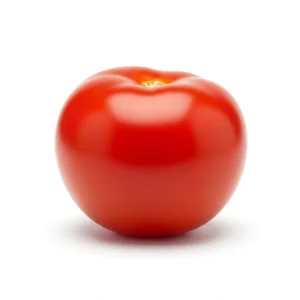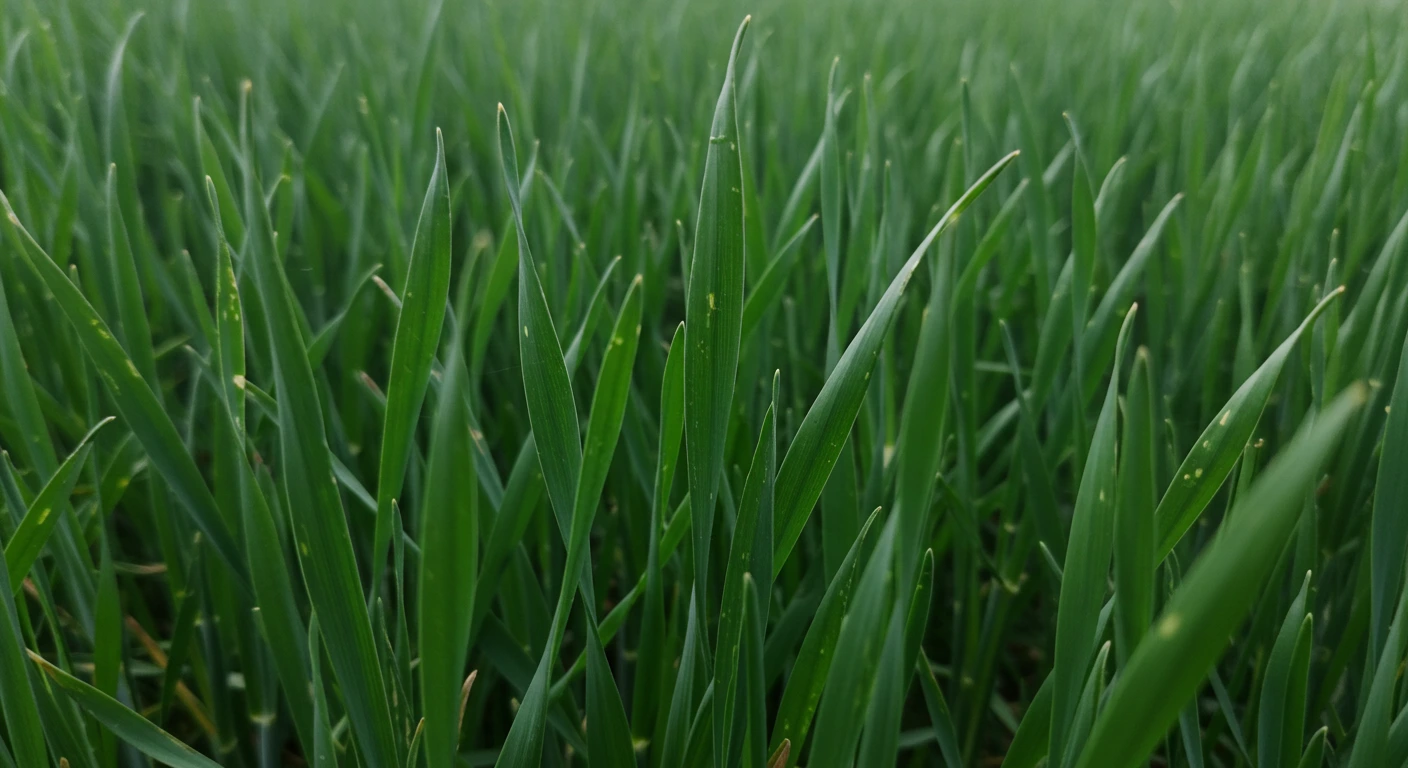
Ryegrass Allergy Foods to Avoid: What You Need to Know
If you suffer from seasonal allergies, particularly during spring and early summer, ryegrass could be one of your biggest triggers. Ryegrass, a common type of grass found in lawns, parks, and pastures, is known for producing high amounts of pollen that can wreak havoc on sensitive individuals.
While most people associate ryegrass allergy with sneezing and itchy eyes, what many don’t realize is that it can also be aggravated by certain foods—a phenomenon known as oral allergy syndrome (OAS).
In this blog, we’ll explore the foods to avoid if you have a ryegrass allergy, why these foods can cause reactions, and what you can do to manage your symptoms more effectively.
Understanding Ryegrass Allergy and Cross-Reactivity
Ryegrass releases pollen during the spring and early summer months. When inhaled, this pollen can cause typical hay fever symptoms such as:
- Sneezing
- Nasal congestion
- Itchy or watery eyes
- Scratchy throat
- Coughing or wheezing
But beyond respiratory symptoms, some individuals may also experience oral allergy symptoms when they consume certain fruits, vegetables, or grains. This is due to cross-reactivity, where the immune system mistakes proteins in these foods for ryegrass pollen proteins, triggering an allergic response.
Common Symptoms of Oral Allergy Syndrome (OAS)
When someone with a ryegrass allergy eats certain foods, they may notice:
- Itchy or tingling lips, mouth, or throat
- Swelling of the lips or tongue
- Scratchy sensation in the throat
- In rare cases, more severe reactions like hives or difficulty breathing
These symptoms usually occur within minutes of eating the offending food and typically resolve quickly. However, they can be uncomfortable and concerning.
Ryegrass Allergy Foods to Avoid
The following are some of the most common foods known to cross-react with ryegrass pollen. If you have a ryegrass allergy, it’s wise to avoid or limit these foods, especially during peak pollen season.
1. Tomatoes
Tomatoes are a well-known trigger for those with grass pollen allergies. They contain proteins that can mimic ryegrass pollen, often leading to oral allergy symptoms like mouth tingling or throat irritation.
Tip: Cooked tomatoes (like in sauces or soups) may be better tolerated because heat alters the allergenic proteins.
2. Melons (Watermelon, Cantaloupe, Honeydew)
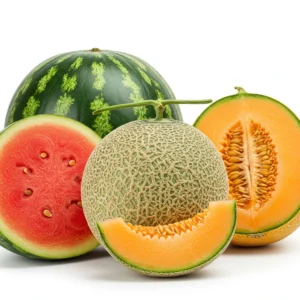
Melons are a common culprit for cross-reactivity in people allergic to grass pollens. The juicy flesh contains similar proteins to those found in ryegrass pollen.
Tip: If you’re sensitive, avoid eating fresh melons during high pollen seasons.
3. Oranges and Citrus Fruits
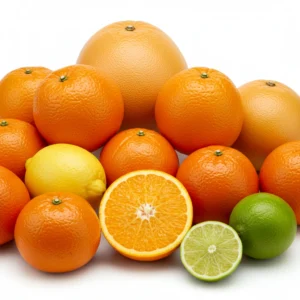
Citrus fruits such as oranges, lemons, and grapefruits can sometimes trigger mild allergic reactions in individuals sensitive to ryegrass.
Tip: Try substituting with other vitamin C sources like berries or kiwi (if tolerated).
4. Celery
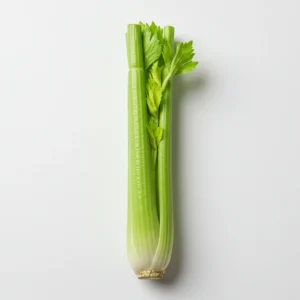
Celery has been linked to pollen-food allergy syndrome in people with ryegrass sensitivity. It can cause a tingling or itchy mouth when consumed raw.
Tip: Cooking celery can reduce the allergenicity, so consider adding it only to soups or stews.
5. Peaches and Nectarines
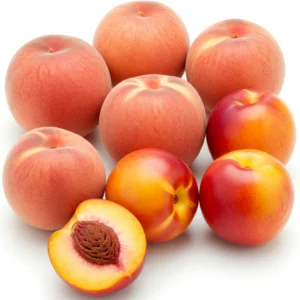
These fruits, especially when eaten with the skin, can trigger oral allergy symptoms in some individuals with ryegrass allergy.
Tip: Peeling the skin or cooking the fruit may help lessen symptoms.
6. Cherries
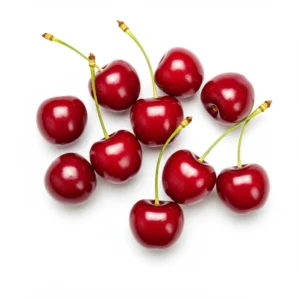
Cherries are another fruit with proteins that mimic ryegrass pollen. Symptoms usually appear quickly after consumption.
Tip: Frozen or canned cherries may be better tolerated due to processing.
7. Apples

Apples—especially raw ones—can trigger OAS in individuals with grass pollen allergies. The reaction usually occurs in the mouth or throat.
Tip: Try cooked apples in pies or applesauce if raw apples bother you.
Other Potential Triggers to Be Aware Of
In addition to the foods above, ryegrass-sensitive individuals may also experience symptoms from:
- Bananas
- Plums
- Pineapple
- Kiwi
- Figs
Keep in mind that not everyone will react to all of these foods. Reactions vary from person to person and can also depend on how the food is prepared.
Managing Your Diet During Ryegrass Season
If you have a known ryegrass allergy, managing your diet during high pollen seasons is a crucial part of reducing symptoms. Here’s what you can do:
Track Your Symptoms
Keep a food and symptom diary to identify which foods trigger reactions. Note when you eat the food and what symptoms follow.
Opt for Cooked Over Raw
Cooking often denatures the proteins that cause OAS, making them less likely to cause a reaction.
Read Food Labels
Some processed foods may contain hidden ingredients that could be triggering your allergy.
Talk to an Allergist
An allergist can help confirm your sensitivities with allergy testing and offer personalized dietary guidance.
Can You Outgrow Ryegrass-Related Food Allergies?
In some cases, children may outgrow pollen-related food allergies. However, adults are less likely to do so. That said, allergy immunotherapy (allergy shots or tablets) may help reduce sensitivity over time, not just to ryegrass pollen, but potentially to the cross-reactive foods as well.
Ryegrass allergy isn’t just about avoiding grassy fields—what you eat can also play a role in how your symptoms manifest. By identifying and avoiding cross-reactive foods like tomatoes, melons, and citrus during high pollen seasons, you can significantly reduce the burden of allergy symptoms.
If you’re unsure which foods are safe for you, or if you’re experiencing frequent reactions, the team at Frontier Allergist is here to help. We offer comprehensive testing and personalized treatment plans to help you take control of your allergies.

Written/Reviewed by: Dr. Neha Reshamwala
NPI number: 1780874578
Page last reviewed:


 All blog posts
All blog posts